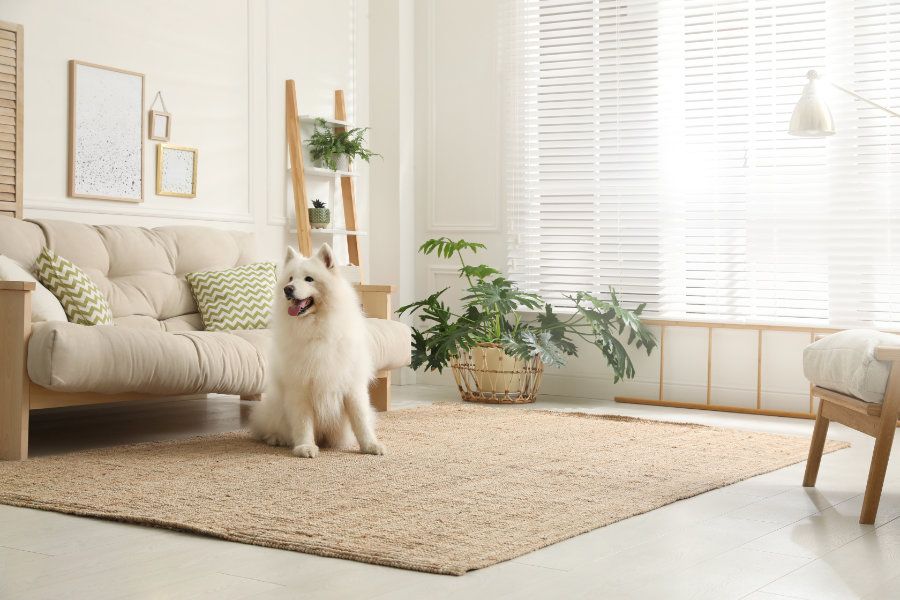Considerations for Allowing Pets in Your Rental

When listing your rental, remember a few considerations before doing so. Allowing pets in your rentals can be the deciding factor for many tenants, primarily in the current real estate market. It's not uncommon for couples to have pets before they decide to have children.
With this in mind, allowing pets isn’t necessarily the right choice for every landlord and every rental property. Service animals generally don't play a factor in these decisions. Today, we’ll explore the nuanced considerations and reservations that should help you make an informed decision when allowing pets in your rental property.
Pet-Friendly Building Readiness
As previously stated, some properties can be ready to accept tenant pets while others cannot. Each building and landlord may have to deal with a number of variables before making a decision. Primarily, is the rental big enough to comfortably and safely allow a tenant to have a pet? The main concern is with cleanliness and odor. And while it's great to assume every pet owner is vigilant of their pets, it's not uncommon for dogs or cats to soil carpet, which can leave unpleasant odors and stains. Cats are known for using anything and everything to sharpen their claws. This can include window screens and carpets as well. Dogs are known to scratch the paint off doors to bedrooms or entrances to signify excitement or need to go out.
Some of these issues can be mitigated by removing the carpet and installing hardwood floors or tiles. Window screens must be replaced with more durable materials to prevent cats from destroying them too quickly. Regular inspections may also be required to see the condition of the rental. This way, a landlord can get ahead of maintenance to prevent further damage. This, however, can be quite expensive for some investors, which may lead them to choose not to allow pets.
Pet’s Influence on Your Insurance
A major factor in allowing pets in your rental involves your insurance. By no means are we insurance agents. Though your insurance will likely be impacted by simply allowing pets in your rental, insurance can also dictate the breed of dogs, size of animal, and amount of pets allowed. As an example, cats are generally deemed low-risk pets and only minimally affect insurance premiums compared to dogs.
Smaller dog breeds, such as chihuahuas, pugs, and Pomeranians, are typically considered low-risk due to their size. Larger breeds, however, may be subjected to higher premiums, such as cocker spaniels or golden retrievers. Some insurance companies outright ban some breeds. These breeds include chow chow, Akita, and other problematic dog breeds.
Discuss this with your insurance agent before making any final decisions.
Additional Maintenance
While allowing pets can broaden your tenant selection, it has drawbacks. Inside the rental itself, you may only see the maintenance needed once the tenant moves out or requires work to be done. If the rental was previously set up to accommodate pets, then maintenance can be reduced, though you’ll need to spend additional resources to repair scratch marks before painting. Odors may also be an issue if the tenant neglects to clean diligently after their pet.
Some of these costs can be offset by implementing a pet security deposit separate from the standard deposit. Maintenance can also be used as an opportunity to replace anything that was damaged by the pet with a more resilient material or product to avoid future repairs.
Many tenants rely on their pets to relax and enjoy their time. Pet owners tend to move out less out of fear of not finding another pet-friendly rental. This means you can have consistent income by allowing pets, though only for some. If you need help setting up your rental to allow pets or need help managing your
pet-friendly properties, we invite you to call us today at (562) 888-0247 or fill out our
Owner Application online.





